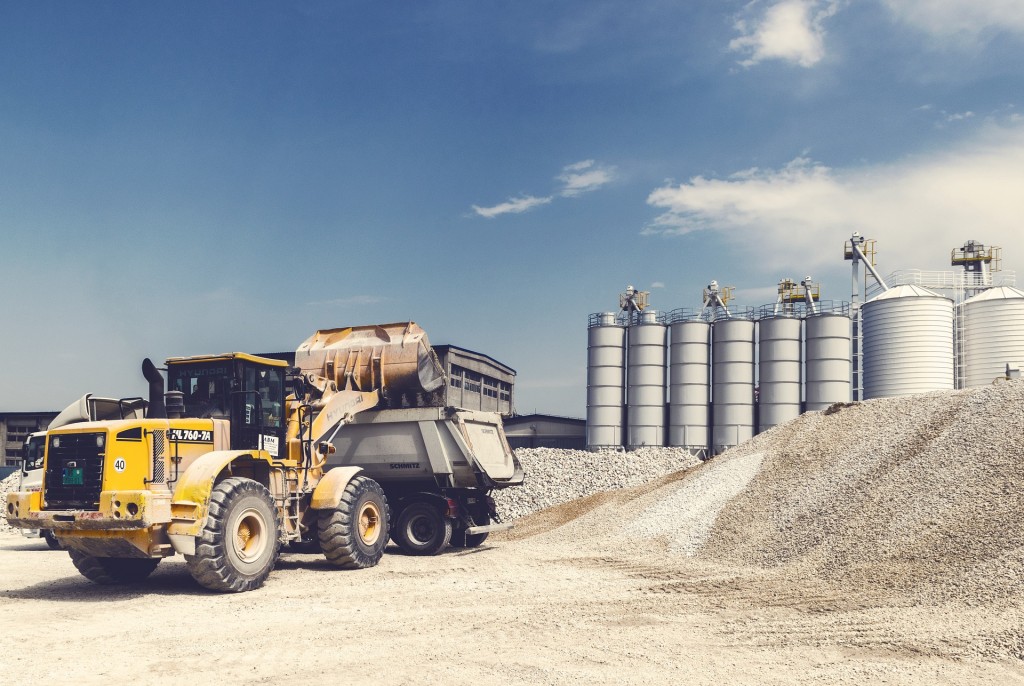Today, we will discuss health and safety elements of Confined Space Training Ontario.
ACUTE Environmental and Safety Services is dedicated to workplace health safety. We offer two excellent courses on this specific topic: Confined Space Entry and Confined Space Rescue. We can help keep you safe on the job – click here to register.
Now let’s dive right in!
Confined Space Training Ontario: Health and Safety
Get Confined Space Training Ontario
There are very specific regulations that must be followed by employers and workers who conduct tasks in and around confined spaces. ACUTE’s confined space training program will, therefore, familiarize you with the requirements of Ontario Regulation 632/05.
Watch this video for a preview of Confined Space Training Ontario
Training program topics include:
- Confined space entry accidents
- Regulation 632/05 – Confined Spaces overview
- Statutory and regulatory responsibilities
- Confined space documents
- Recognizing confined space entry hazards
- Assessing risk
- Controlling hazards
- Evaluating Control Measures
- Air Quality Monitoring
- Ventilation and purging
- Lock-out/Tag-out
- Rescue planning
Furthermore, a major element of Confined Space Training in Ontario is to provide you with the skills and training required to recognize entry risks. You will also learn how to establish measured and corresponding controls.
Practical health and safety training allows you to become familiar with, inspect, and use confined space entry access equipment and air quality instrumentation.
What Defines Confined Spaces
According to the Government of Canada, “confined space” is defined as the following:
- “Not designed or intended for human occupancy except for the purpose of performing work;
- Has restricted means of access and egress; and
- May become hazardous to an employee entering it due to
- its design, construction, location or atmosphere,
- the materials or substances in it, or
- any other conditions relating to it.”
For example, think of tanks, vessels, silos, storage bins, hoppers, vaults, pits, manholes, tunnels, equipment housings, ductwork and pipelines. These are all confined spaces.

A silo is an example of a confined space
Confined Space Training Ontario: Health and Safety Hazards
1. Oxygen deficiency/enrichment
There are two main causes of oxygen deficiency, according to the Government of Canada:
- “Oxygen is displaced by gases such as nitrogen, an inert gas introduced to displace flammable gases when purging vessels in preparation for hot work.
- Oxygen is used up by:
- combustion of flammable substances such as in welding and other hot work;
- explosions or fires (oxygen levels may stay dangerously low long after the fire is out because the oxygen is replaced by the products of combustion);
- chemical reactions such as rusting of metal;
- people working in the space and using up oxygen as they breathe.”
Let’s put this in practical terms. The normal air you breathe contains approximately 21% oxygen by volume at normal atmospheric pressure.
At 16% oxygen, your judgment and breathing become impaired and you will become quickly exhausted. Once it reaches 12%, you will fall unconscious and will die unless removed to fresh air. And at 6%, you have difficulty breathing and will die in seconds.
On the flip side, an oxygen-enriched atmosphere means more than 23% oxygen by volume. This will cause flammable materials, such as clothing and hair, to burn violently when ignited.
For more, read The Science Behind The Hazards Of Confined Spaces.

Oxygen levels must be closely monitored in confined spaces.
2. Toxicity
Toxic (poisonous) gases commonly present you with two kinds of risk in a confined space:
- Chemical asphyxiation (smothering)
- Irritation to the respiratory system, skin, and eyes
Toxicity occurs when the confined space you are working in contains toxic gasses like Hydrogen Sulfide, Methane, Ammonia, Carbon Dioxide, and Carbon Monoxide.
Gasses such as carbon monoxide, are odourless and colourless – meaning you could quickly find yourself in a carbon monoxide-filled environment without even knowing it. Carbon monoxide is highly toxic and can become lethal in extremely small doses.
Other gasses, such as the gasses found in storage silos, do have an odour or colour. Some gasses may look red, brown, or yellow-tinged. If you are working on a farm and notice a gas with colour, it is advised that you do not enter the confined space for at least 6 weeks to ensure the gas has properly cleared.
Hydrogen sulfide has a strong smell, similar to rotten eggs. However, in high doses, it can actually block your sense of smell – making it difficult to detect. It can also become lethal within seconds.

It’s important to always test for gasses along the way and at different levels in confined spaces
3. Drowning in Liquids / Entrapment in Free-Flowing Solids
Flowing liquids are generally an observable issue within a confined space. However, that is not always the case, as a new area or level may contain liquids that previous levels did not. Some examples are:
- Water in a tank
- Grain in a silo
- Earth falling into a trench or excavation
Flowing liquids can become a serious problem as workers may drown or become trapped. Some fluid solids, such as grain, can also drown workers. Silos are extremely dangerous as grain can act in a similar way to quicksand, sucking a worker in without any means of escape.
Trust ACUTE for Confined Space Training, Ontario!
Hands-on, practical training is the best way to keep you safe in the workplace!
ACUTE is dedicated to workplace safety and understands the importance of course and training provider approval. Why get workplace safety training with ACUTE? Here are just some of the benefits of working with ACUTE.

Open Door Instructor-Student Partnership – ACUTE’s training services emphasize client participation. Staff foster relationships with clients and serve as a touchstone for advice anytime moving forward.
Serving Your Team and Industry – With a vast array of clients in manufacturing, construction, health, academic, and government sectors, ACUTE brings the best safety practices from across the spectrum to your workplace.
100 Years of Combined Experience – ACUTE provides comprehensive health and safety training, on-site safety services, and consulting services. With over 100 years of combined experience, our company staff offer more than theoretical or abstract ideas. ACUTE offers solutions.
Track Record of Success – ACUTE is rated 4.9/5 stars on Google reviews, demonstrating a commitment to our clients, quality, and passion for training.
What people are saying about ACUTE:
“ACUTE Environmental & Safety Services has been provided OABA members in the agri business sector with excellent training services since January, 2018. OABA recommends ACUTE as a quality health and safety training provider.” – Dave Buttenham
ACUTE is located in Waterloo, Ontario, and services customers from cities such as Toronto, Mississauga, Brampton, Hamilton, Milton, Kitchener, London, Guelph, and others across Ontario. Trust ACUTE for your confined space entry training needs.


